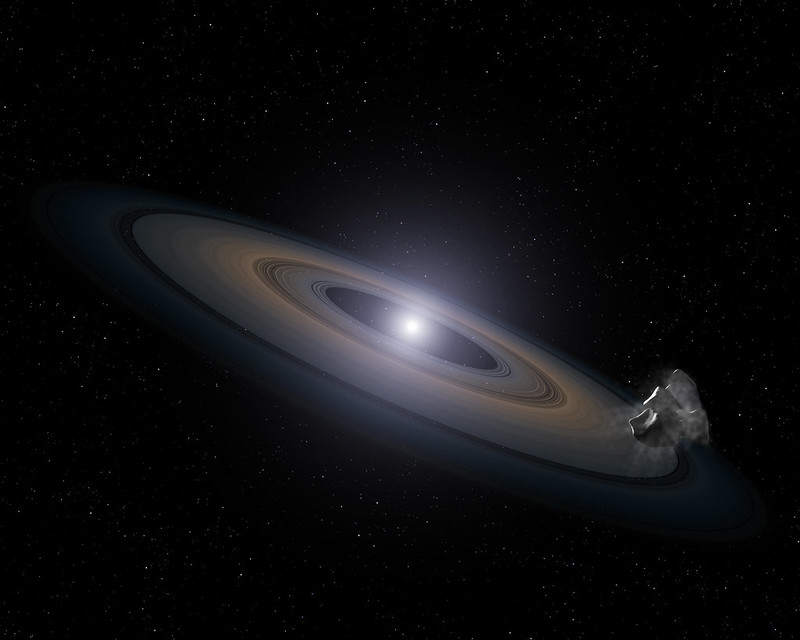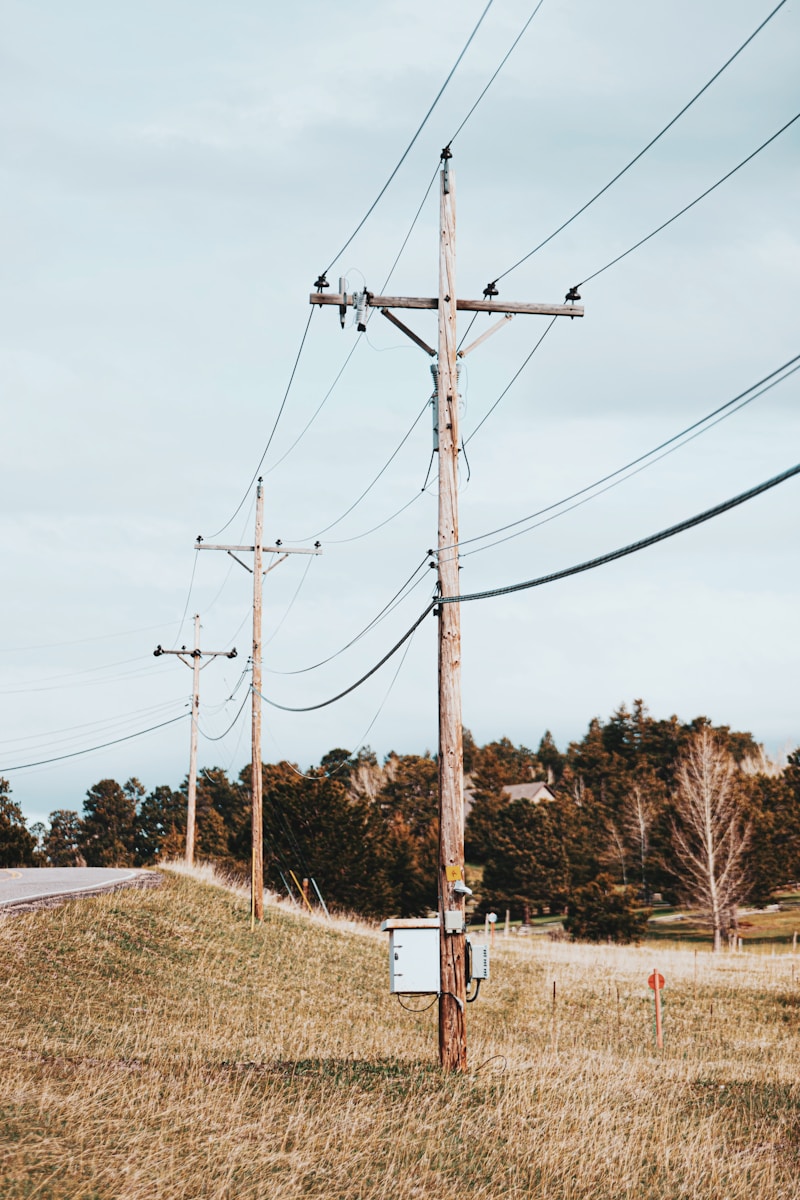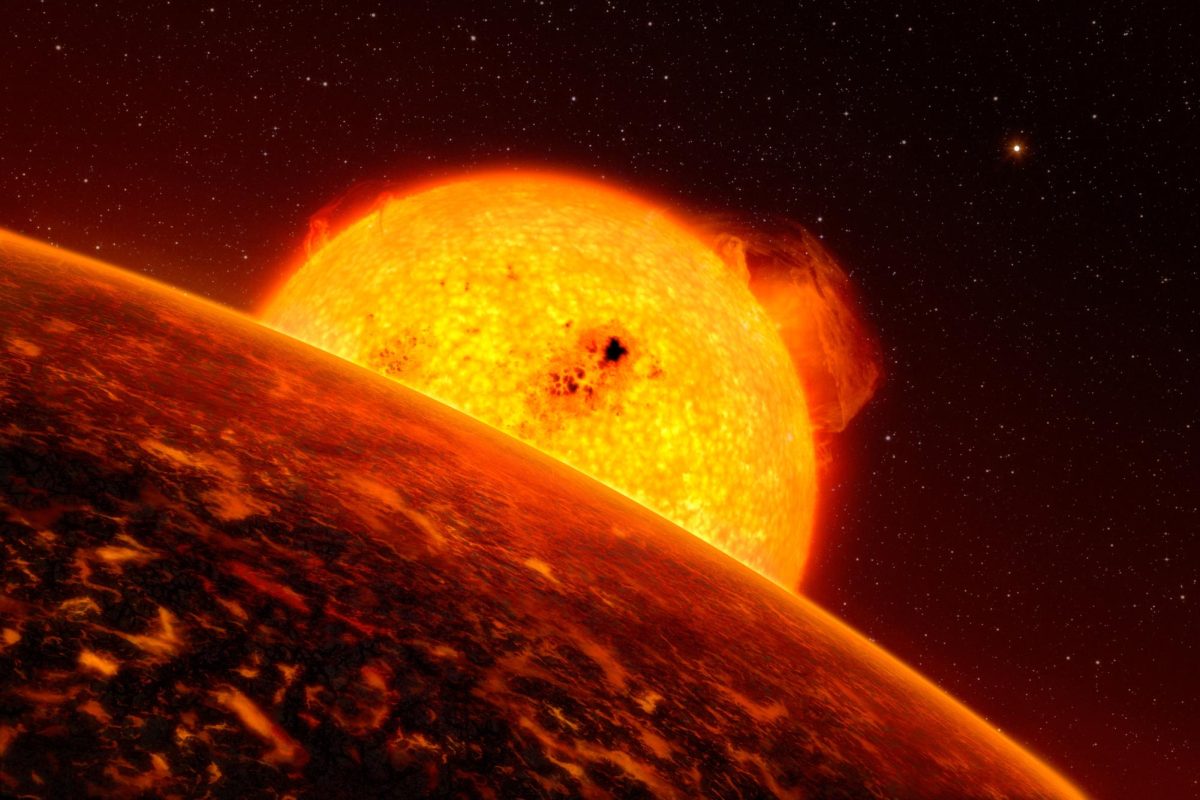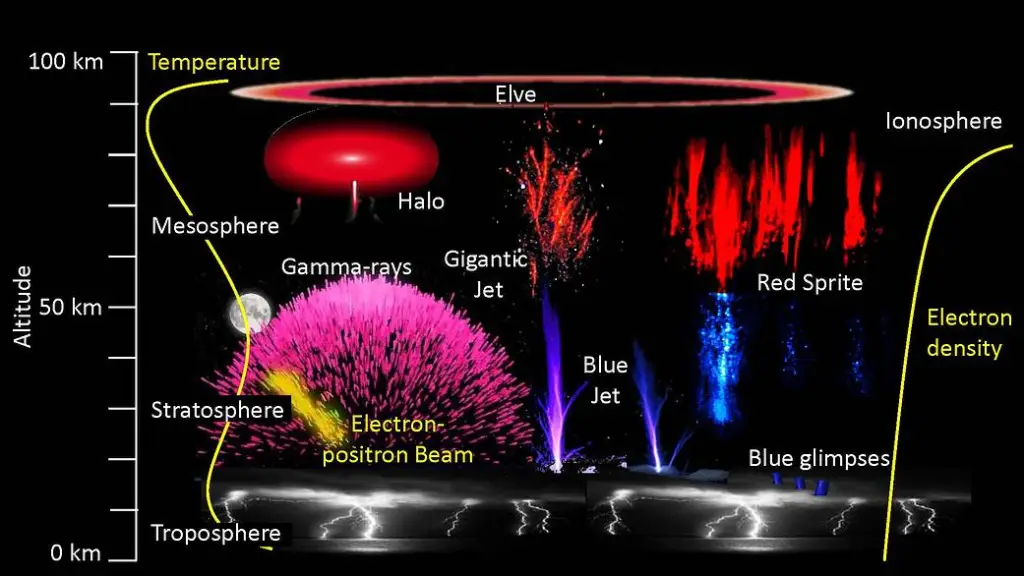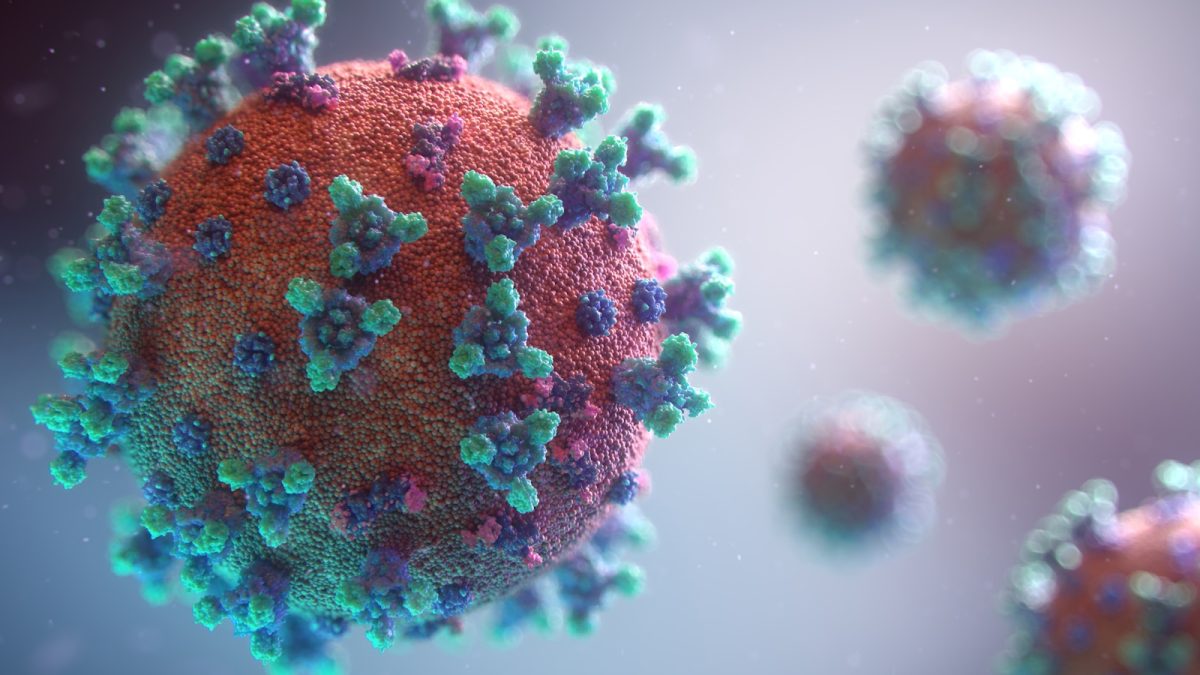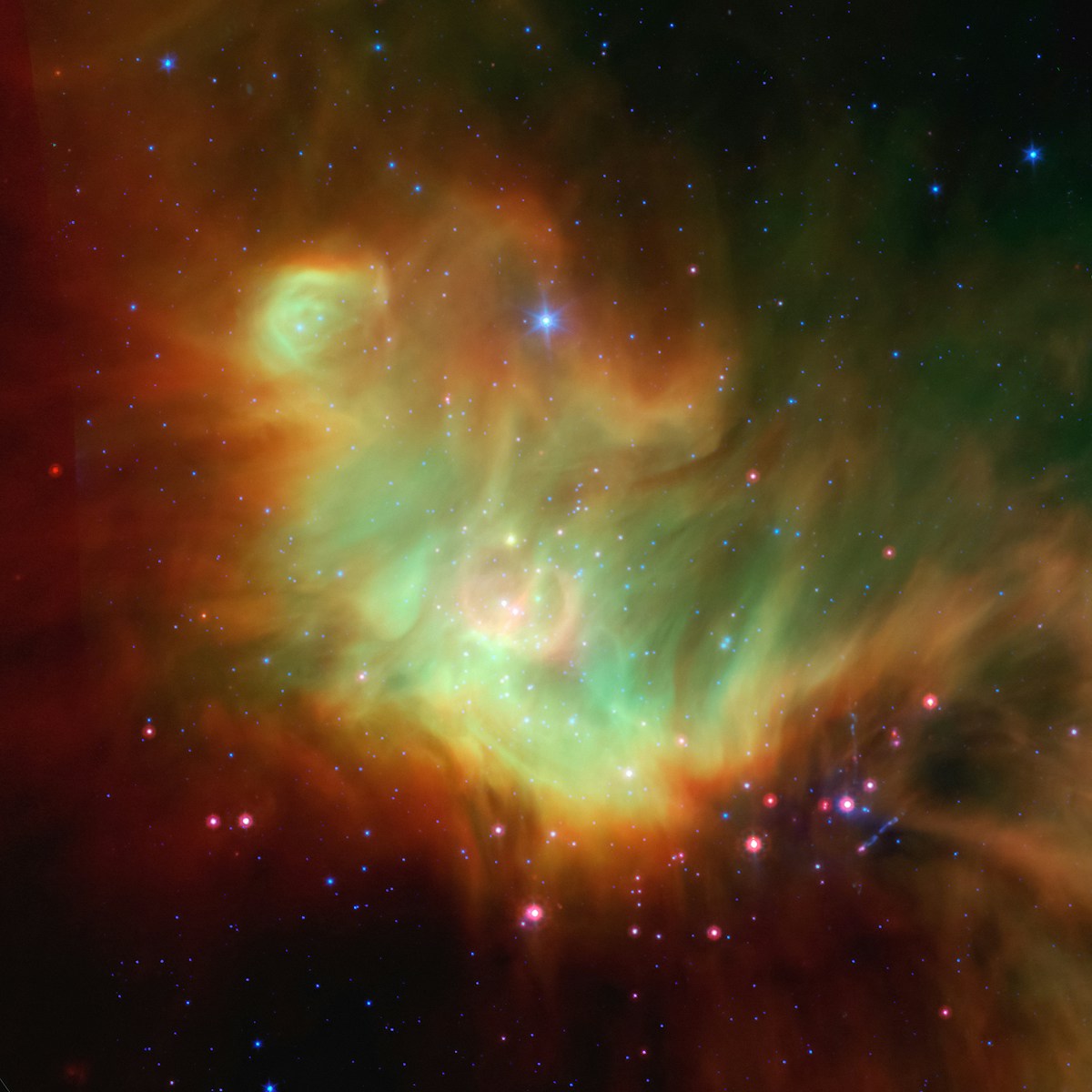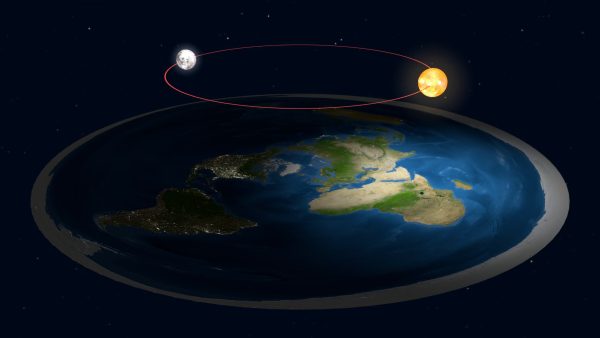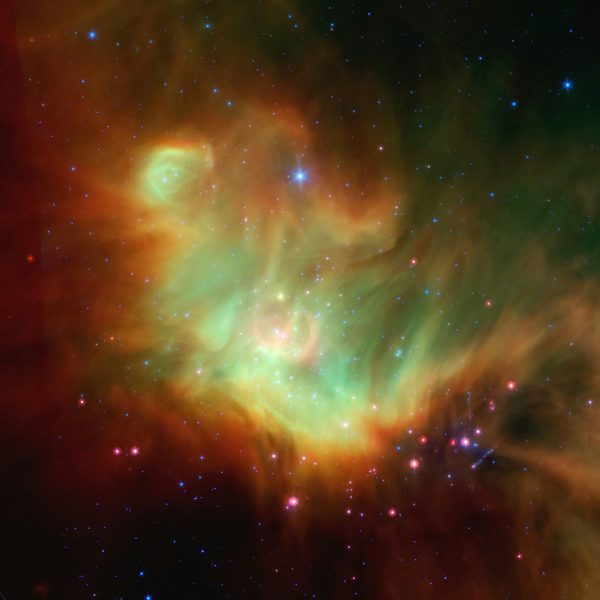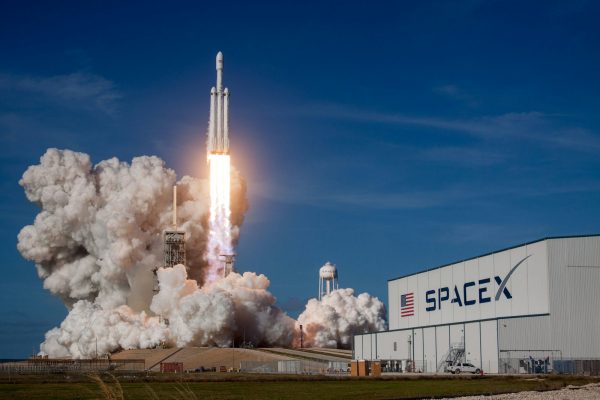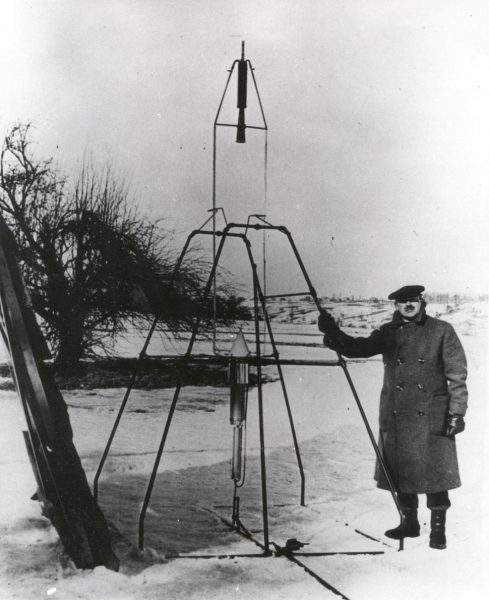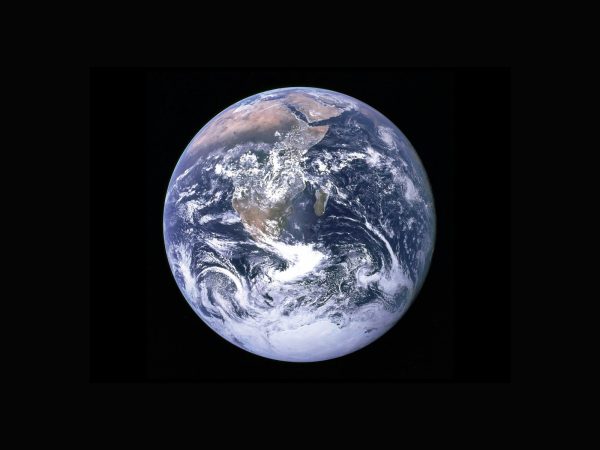Neutron Stars and How They’re Made
Neutron stars, when they are made, they are such a beautiful sight to see, the space dust goes everywhere and there are gamma rays shooting off into every direction.
“NASA’s Hubble Space Telescope Finds Dead Stars ‘Polluted with Planet Debris'” by NASA Goddard Photo and Video is licensed under CC BY 2.0.
Neutron stars, when they are made, they are such a beautiful sight to see, the space dust goes everywhere and there are gamma rays shooting off into every direction. Neutron stars are made when a sun runs out of energy to keep on burning, when that happens the gravity of the sun starts to push on the core of the sun and the core is so dense the atoms are forced to touch each other.
Once the gravity wins against the fusion it explodes and makes this blue ball that is about the size of the earth but one singular cubic inch is the same density of every single human being on earth which is about 800 tons. The neutron stars start spinning so fast that at a point in time it can spin 100000 times in one second.
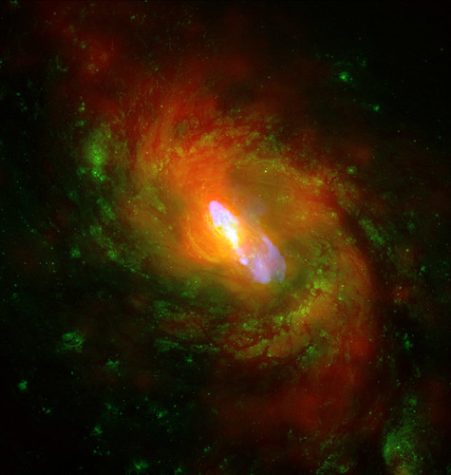
Heat of the star
There are different layers of a neutron star, first we have the outer layer which is 1 million kelvin which is much hotter then the measly 5778 C of our sun. You would think that if its that’s hotter then the sun then it would heat up the planets that are orbiting but no the surface area of the neutron star is so small that it will be like there is no sun at all but the gravitational pull of the neutron star is still so strong that it still holds the plates in orbit.
Related story: https://chandra.harvard.edu/resources/faq/sources/snr/snr
https://imagine.gsfc.nasa.gov/science/objects/neutron_stars
https://en.wikipedia.org/wiki/Neutron_star
https://www.nationalgeographic.com/science/neutron-stars
https://www.energy.gov/science/doe-explainsneutron-stars
